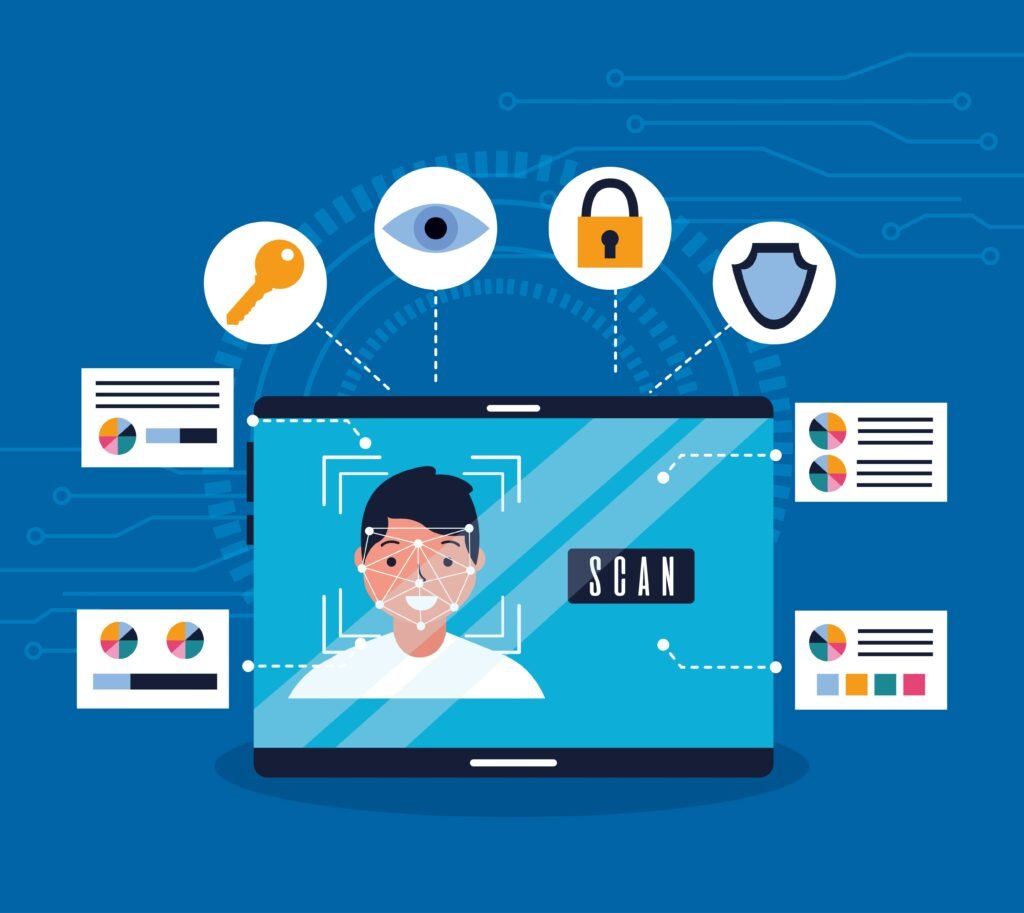
One of the most disturbing examples of digital intrusion happened repeatedly during the early months of the pandemic in 2020. While tools like Zoom suddenly became necessary and widespread, used in schools as well as the workplace, they weren’t fully tested before being applied to environments involving minors. As a result, there were more than a few instances where Zoom meetings with grade school and high school students were invaded by unwelcomed and unauthorized characters looking to create problems in the same online meetings. This sort of digital party-crashing happened because the system verification wasn’t strong enough to detect the obvious problem, an unwelcome intruder over-age.
Online Safety for Children
The Internet continues to remain a wild, open range with all sorts of material and participants. Because of this fact, having proactive barriers in place to protect children and minors online continues to be essential. There is no default fence or perimeter system like what’s automatically in place with a physical care centre or school.
When an organization like a school uses a digital resource, there needs to be a proactive strategy that anticipates trouble before it occurs to shut the risk down quickly. In the digital world. This comes with preset authorizations, passwords, multi-factor authorization and now age-verification systems that block and contain users similar to how workplace employee profiles work.
Taking Control Again
Online age identity verification systems involve a proactive software approach that works online 24/7. No downtime or off-shift becomes vulnerable when people walk out of the office at the end of the day.
With the use of predetermined database references as well as metrics anticipating a changing arena of intentional wrongdoing. Many systems now evolve as they are in place. They provide flexible methods of adjustable reference tables for authorized users to be compared against while making it harder and harder for unauthorized parties to gain access as different types of penetration attempts are made. As a learning system, this kind of software provides layers of protection as well, never letting an unauthorized user get close to their target when trying through external attempts.
IT Isn’t Perfect
The above said, no IT system is perfect. If a system is internally compromised by an internal user giving away access. Then the same can’t immediately stop such an intrusion, which is common with phishing strategies especially now as network ID systems utilize multi-factor authentication as a standard to foil basic password breaks. However, even with this human weakness risk still in place, age identity validation defences are incredibly effective and easily stop the earlier problem described with online class meetings.
Protecting School and Care Administration Too
In addition to children, those who are charged with their care need protection as well. With an age identity verification system, administrators, teachers, caregivers and support can all be tracked and cleared for work without worrying about being barred from the access they need to do their job or suddenly being duped by an intruder. Active protection today focuses on integrated identity validation and protection, so those who have authorization are let into a digital environment Those who do not can’t find a beachhead to begin with.
Changing the Paradigm of Protection
All of the above is possible now thanks to the cloud approach towards access. Which allows access direct and remote, and validates entry before any real access ever occurs. And provides administrators with immediate termination ability of a problem account before it can do much in the way of damage. Unfortunately, these tools are necessary for our day of advanced tech, but using them proactively anticipates problems before they affect minors and cause bigger problems online.
